Are you planning to buy a new home? Before signing on the dotted line, make sure you inspect the home ahead of time.
Our list below does not replace what a licensed home inspector would do, but rather a tool for prospective homebuyers to use when looking at homes.
Read our list below for a comprehensive buyer’s home inspection checklist and then download our printable list to take with you on your next home tour!
1. Outside the House
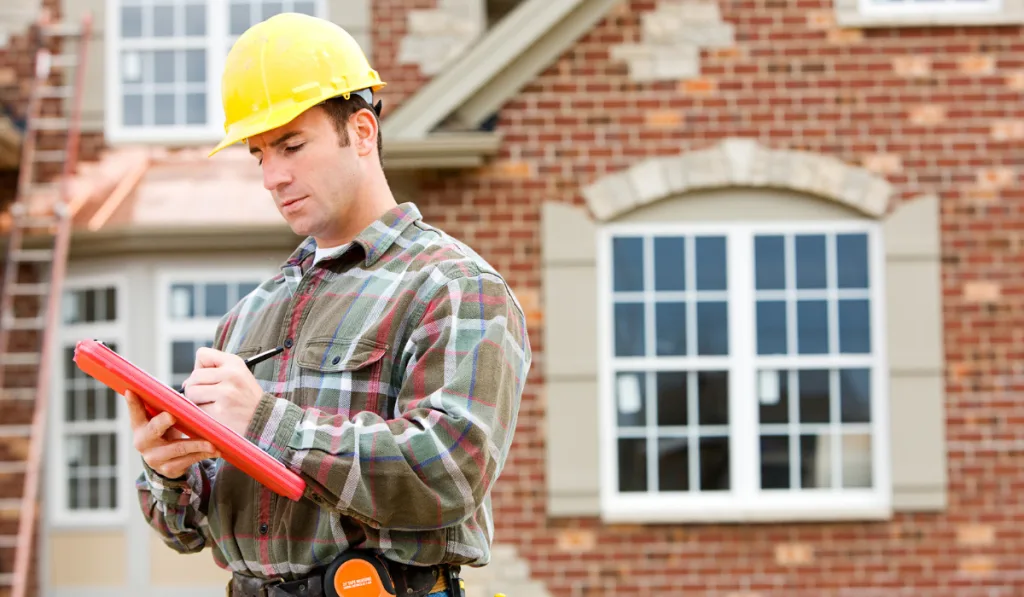
The outside of the home is the first thing you want to check, because it is the first thing that people see. Here are some things to check for:
- Cracks: Check the walls for cracks. If there are cracks, trace them to know their source.
This will help you know why the walls are cracking, so you can discuss it with your agent. - Faucets: If there are faucets outside the home, know their location and uses. Also, ensure that they work.
- Gutter: How does the roof manage rainwater? Ensure the gutters work.
- Plants: Are there plants in the yard? Check if they are growing fine or not. You can deduce the soil condition by how well plants are growing.
Also, ensure that trees, if any, are not growing too close to your house. - Bird nests: A bird nest can be adorable, but it can also be a sign that the house has been abandoned for a long time. If this is the case, make sure you know why.
- Roof: Check the roof to ensure the design looks good.
- Wet areas: Wet areas in the home mean roof or plumbing leaks.
- Walkway: Are the walkways in decent shape?
- Windows: Ensure that the windows open and close properly. Also, make sure the glass is in good condition.
After inspecting the outside, it’s time to go inside.
2. Interior

Keep in mind the following when looking through the inside of your home:
- Wall: Check the interior walls for cracks. If you find any, determine if they can be repaired quickly.
- Floor: Are the floors slippery, cracked, worn, or frayed? Check the floor in every room to make sure that it is safe.
- Lights and switches: Turn on the lights to see if they are working. Also, check the switches for cracks.
- Doors: Do the doors open and close properly? What materials are the doors made of?
- Windows: Ensure that the windows open and close properly. Also, make sure the windowpanes are not broken.
- Cabinets: Do you need to repair the cabinets?
- Air conditioning: You will not be comfortable without proper air conditioning in warm climates. Ensure that it works.
3. Kitchen
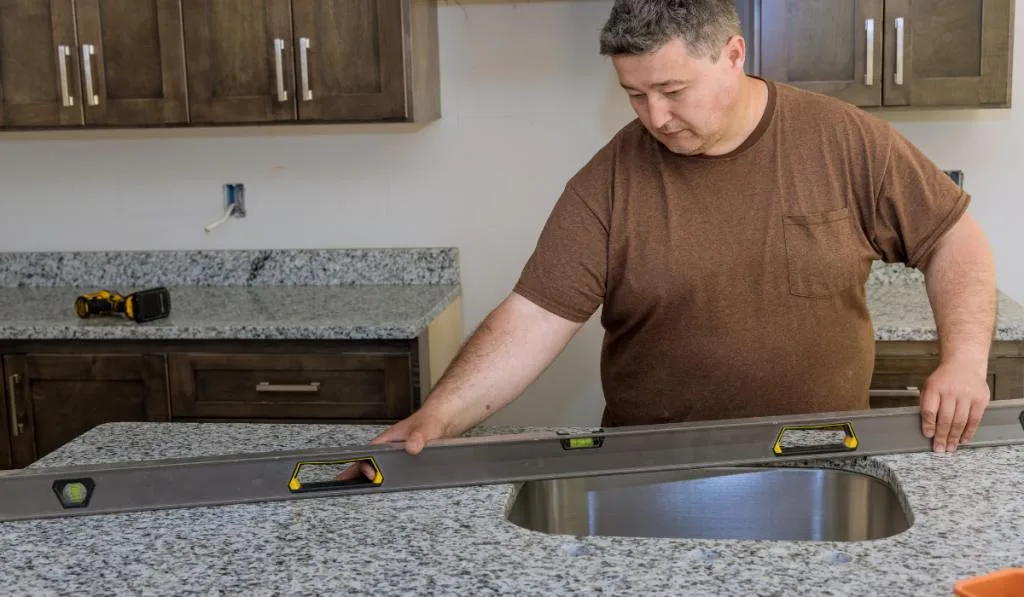
Kitchens are important in any home. Keep in mind the following when inspecting yours:
- Walls: Do the walls look burnt? Are there cracks? Is there mold growing on the wall?
- Appliances: Make sure they work properly.
- Faucets: Check the plumbing to make sure it works. Also, check the water pressure to know how fast the water flows.
- Stove: Does it work?
- Floor: Ensure that the kitchen floor is firm and not slippery.
- Sinks: Does water drain quickly from the sink? Check for clogs in the drainage pipe.
- Cupboards/Cabinets: Confirm they are clean and still firm.
After the kitchen, the next place to check is the bathroom.
4. Bathroom
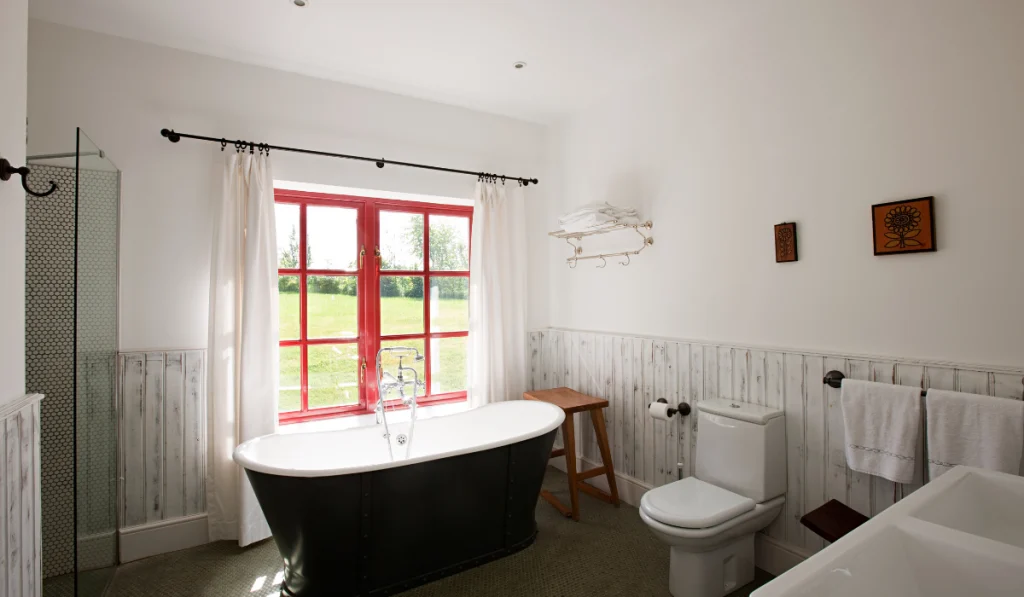
The bathroom is essential for hygiene and cleanliness, so it also should be in good repair. Keep in mind the following when viewing bathrooms:
- Sink and tub: Check the drainage and water flow to make sure that everything is working perfectly.
- Toilets: Do the toilets flush easily? Are they clean? The condition of toilets in a home is a good indicator of the house as a whole.
- Plumbing: What is the water pressure? Does it flow quickly?
- Faucets: Make sure they work. If they don’t, try to find the cause. Do not move in until they are fixed.
- Lights and switches: Lights are very important in bathrooms, so ensure they work.
- Appliances: If there is a water heater or other appliances, make sure they work.
- Floor: The floor should be firm and not slippery or spongy. Also, make sure that water drains or dries quickly on the floor.
5. Ceilings
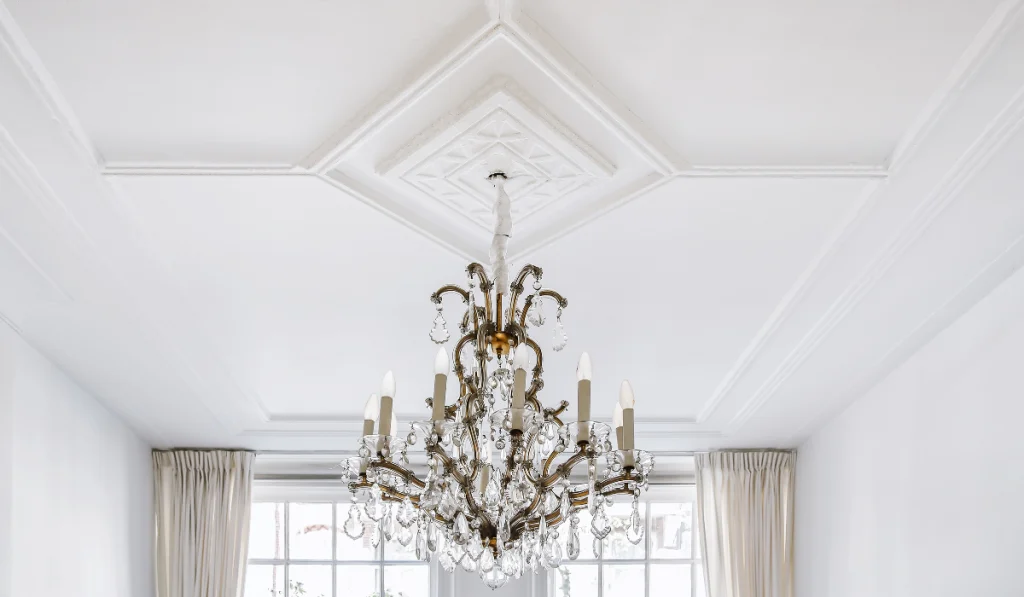
Cracked or ugly ceilings can really make a homeowner uncomfortable. To prevent this, ensure that you check the following:
- Cracks: Look up – can you see any cracks in the ceiling? Have their causes addressed by the seller before making any payment.
- Lights: Make sure every light is working.
- Fans: Do all the fans work? Also, how fast do they run? The fans should not be too slow or too fast for safety reasons.
- Water damage: If you see water damage on the ceiling, that means there is a leak somewhere. Ask the agent about the leak and how to fix it.
- Smoke detectors: Smoke detectors are important to help prevent fires. Are yours working? If not, ask someone to fix them.
6. Drawers and Cabinets
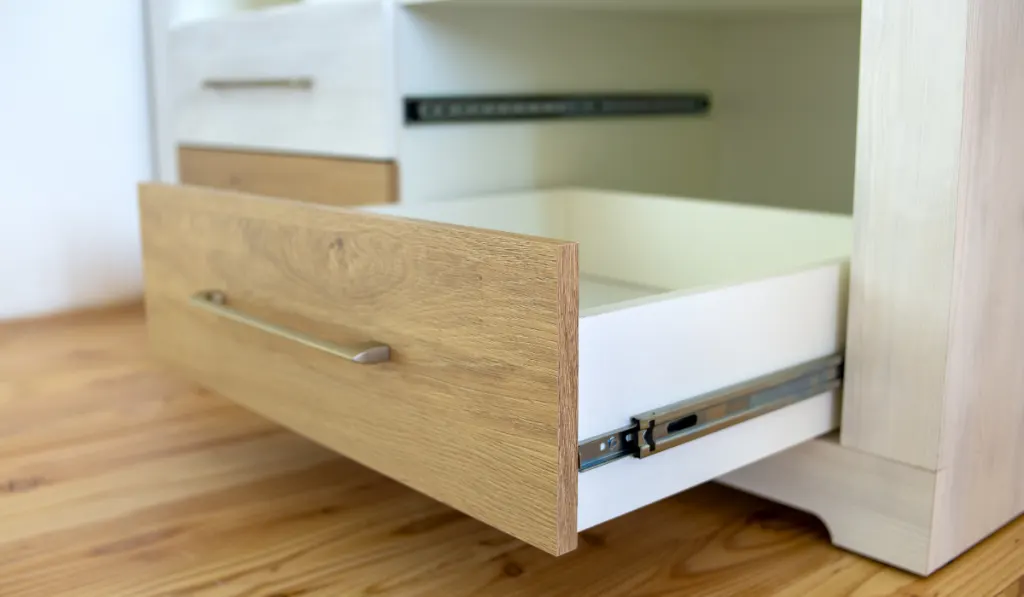
After the bathrooms, it’s time to focus on some other details inside, like drawers and cabinets. Take note of the following:
- Alignment: Ensure that the doors are working (i.e. open and close easily). Do you like the arrangement?
- Paint: Do you like the paint? Is it fading? Fading or peeling paint means that the cabinets are not well-kept.
- Material: What are the cabinets made of? Does it match the theme of your home?
- Mold and water damage: Ensure that the cabinets are still in good shape. Mold means there is a leak, so ask someone to fix it.
7. Garage
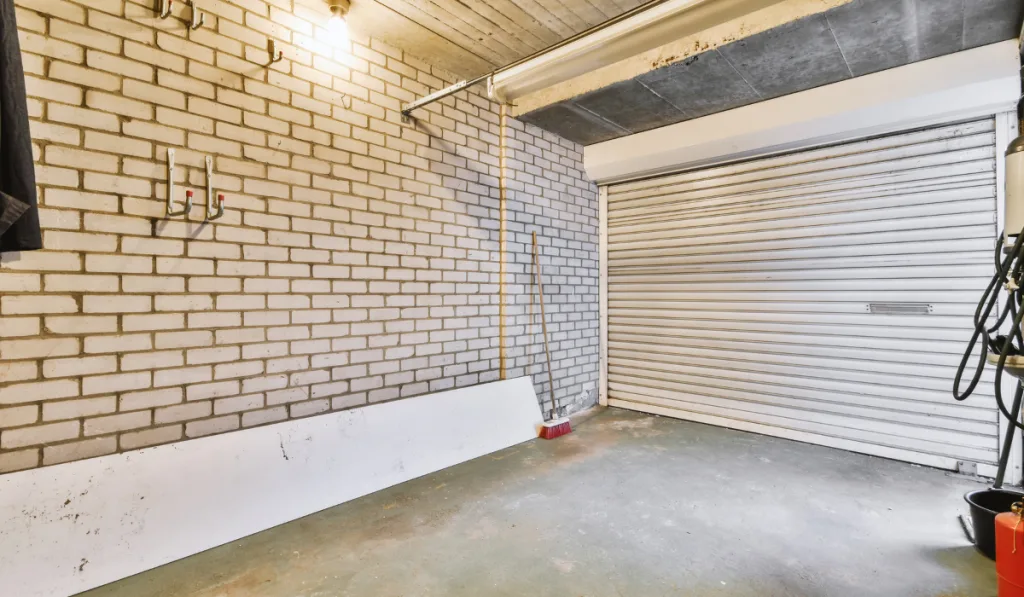
Check the following in the garage:
- Floor: The floor should be firm and not slippery. Also, check for nails and other sharp objects.
- Door: The main garage door should be sturdy and open and close properly.
- Safety sensors: Are there safety sensors in the garage? If not, ensure that you install some and that they work properly.
- Lights: Garage lights are important for parking.
- Cracks: Before fixing any cracks on the walls, trace them to find their source. Ask the seller’s agent why there are cracks in the walls.
- Ceilings: Ensure that you look up and check the garage ceiling.
8. Closet
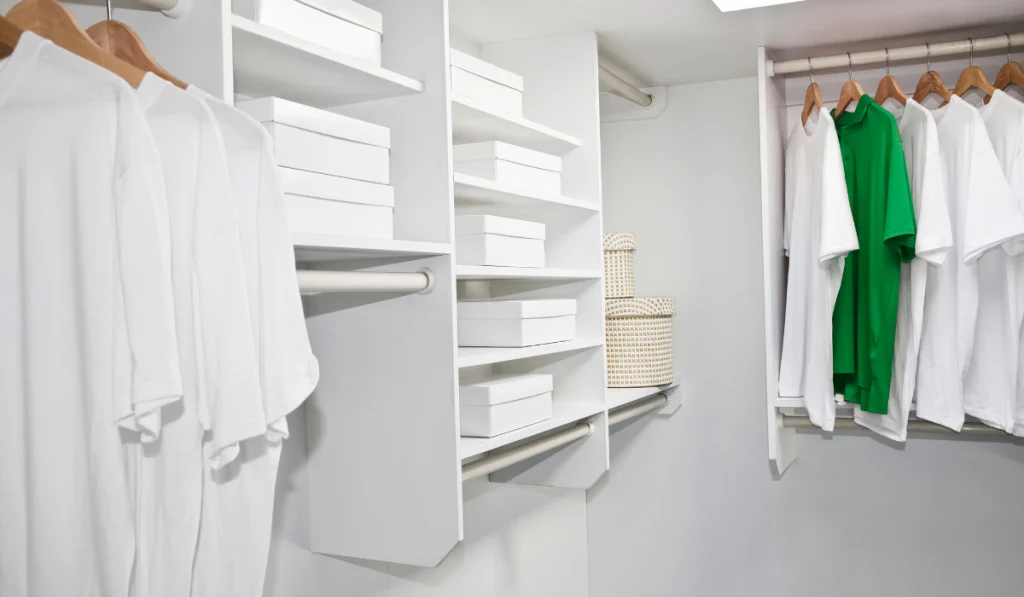
The closets inside each room are worth checking as well.
- Doors: Open and close the doors to see that they work properly. Check the hinges and material of the doors.
- Rods: Make sure the wardrobe has rods to hang your clothes. Call the agent if there are no rods.
- Lights: Ensure that the lights and switches are working so that you can see your items in the wardrobes.
- Ceilings: Look at the ceiling. Are there cracks? If so, they must be fixed first.
- Size: What is the size of the closet? Make sure the closets are large enough for you.
9. Ventilation and Heating System
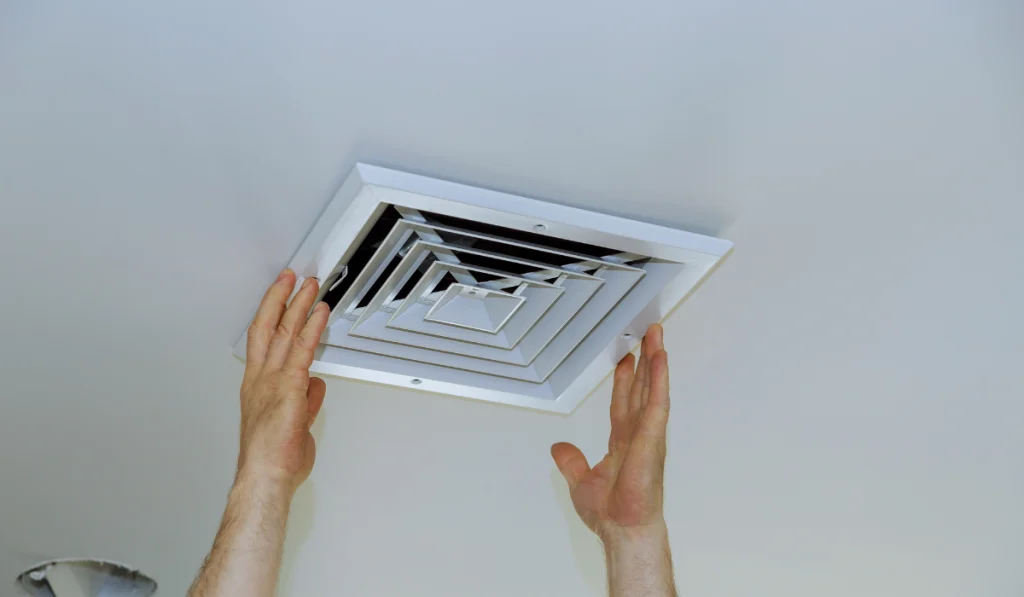
If you can, check the ventilation system in the house.
- Thermostat: Look at the thermostat to ensure the temperature can be properly maintained. What temperature is most comfortable for you?
- Check each room: Check the temperature of each room to make sure the system works in the whole house.
If a room does not seem to be of an adequate temperature, bring it to the agent’s attention. - Leaks: Are there leaks in the walls or ceilings? This can affect ventilation.
- Electricity: Without a proper connection, the thermostat will not work. Is everything working?
10. Fireplace
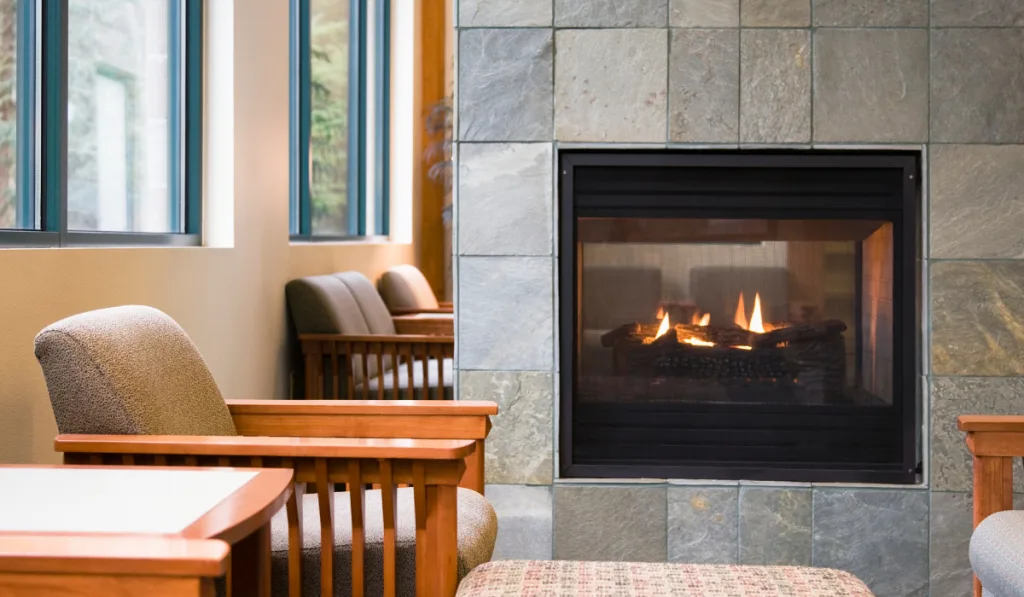
A fireplace is a great spot for a family to bond during the winter months. If your home has one, ensure that it is working safely and properly.
- Position: Move several feet away from the fireplace and look at it. Do you like its position in the room?
Remember that the fireplace position determines where you will place other furniture in the room. - Inside: Are there cracks or leaks? Does the paint or masonry look adequate?
- Outside: Check for leakages outside. Also, check for cobwebs and pests.
- Connections: Check your fireplace’s connections, whether gas or electricity. In addition to the fireplace working properly, you also need to ensure safety.
11. Pool or Spa

If the home comes with a pool or spa, please check the following:
- Cracks: Cracks in the pool can lead to water loss and severe damage to the appliances or masonry surrounding it. Make sure the pool is properly sealed.
- Floor and tiles: The floor and tiles should not be slippery to avoid any dangerous falls.
- Temperature: For the spa, make sure that the heater is working properly. Check the water temperature to know if the heater is working or not.
- Stairs: Any stairs should be in great condition to prevent people from falling or getting injured.
- General appearance: Look at your pool or spa from a distance. Do you like the way it looks?
12. Attic
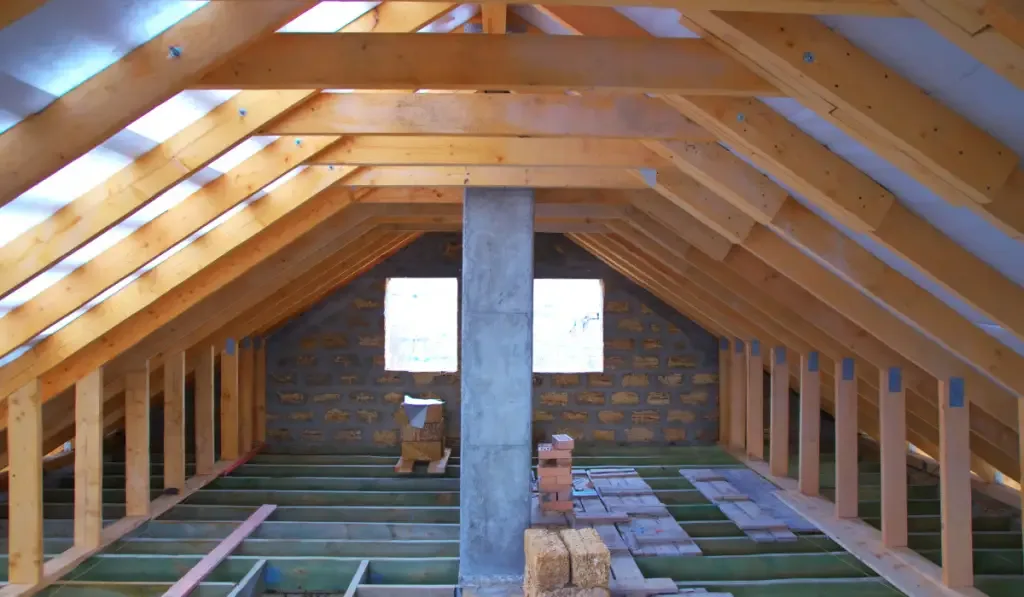
Attics can be a good reflection of the overall condition of a house. If the attic is in order, there is a large chance the entire home is in good shape.
- Roof interior: Check the roof for leaks. When looking up, do you see light passing through the roof? If you do, there are leaks in the roof.
- Water damage: You can easily tell if there is water damage by checking for mold or slippery surfaces.
- Cracks: There should be no cracks in the attic. If you find one, try to find the reason.
- Insulation: How insulated is the attic? Does it get too cold or trap moisture?
- Floor: The floor of the attic needs to be firm.
After the attic, go down to your basement.
13. Basement
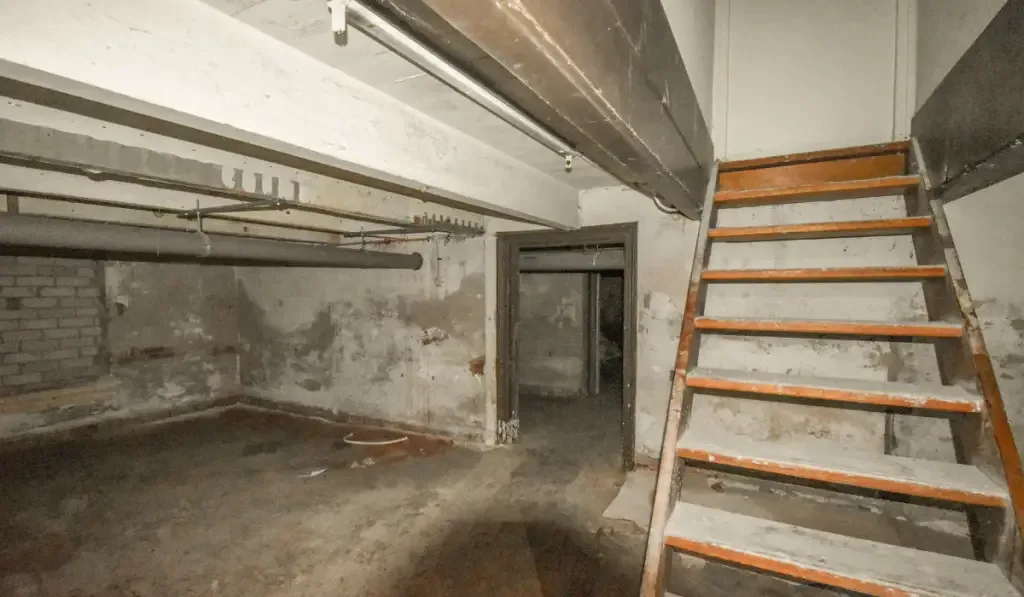
Similar to the attic, the basement offers a good idea of the house’s overall condition. Take note of the following:
- Leaks: The basement should have no leaks. If you find one, ensure it is fixed before you agree to buy the home.
- Moisture: Is the basement too humid? If there is too much humidity, that could mean you have a leak, or that the basement is not properly ventilated. A dehumidifier may be required.
- Smell: Do you smell anything strange? If so, inspect the basement until you find the source of the smell.
- Appliances and lights: Ensure that the basement has functioning lights and/or appliances.
14. Neighborhood
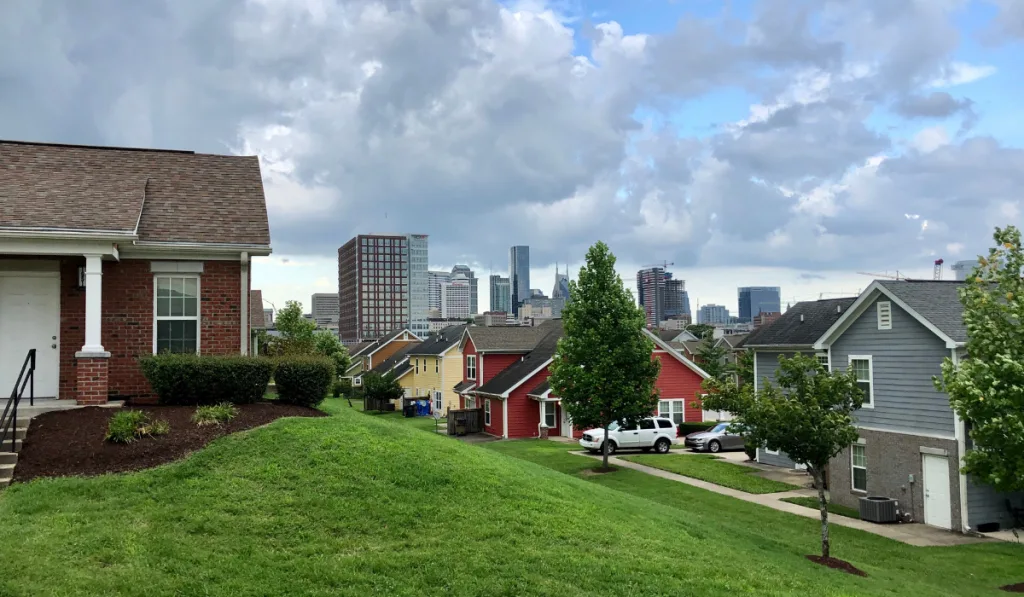
Now it’s time to go outside and observe the neighborhood. How comfortable can you be if you don’t like your neighborhood?
Consider the following:
- Neighbors: Are the neighbors friendly?
- Local guidelines: You can ask the neighbors if there are any guidelines or rules that you must follow.
- Pet policy: Are pets allowed in the neighborhood?
- Accessibility: Can you easily access your home from the road? If you can’t, this could be a challenge.
- Noise: How noisy is the neighborhood?
Consider asking other residents what they think of the neighborhood.
15. Miscellaneous
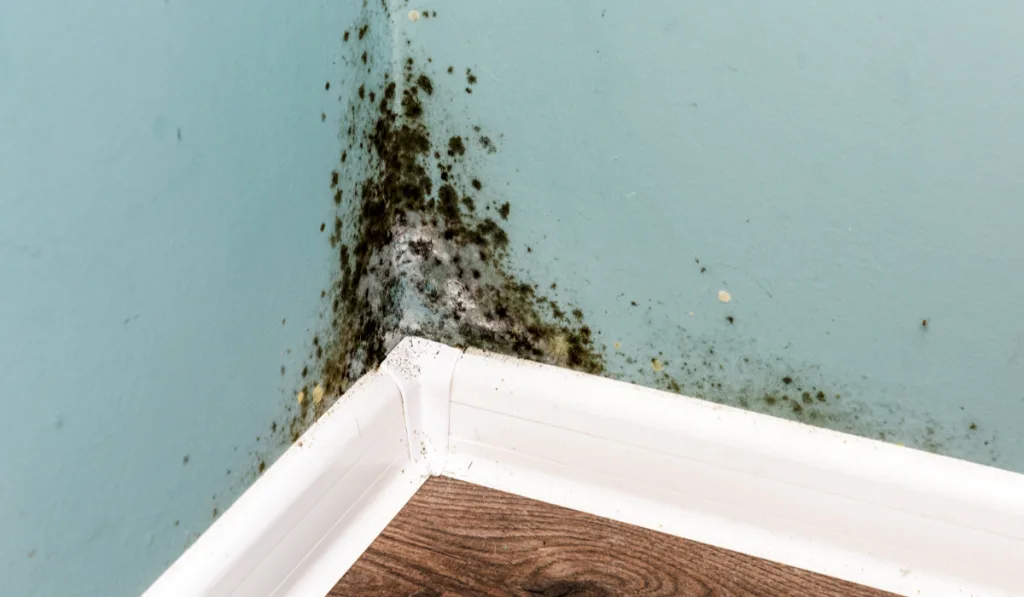
Here are some other items you need to keep in mind during your inspection:
- Foundation: Are there cracks in the foundation? Check the foundation and the ground around it. If there is a problem, be very careful, as the foundation is crucial.
- Septic tanks: Are there leaks? Do you smell anything funny? Do the drainpipes vacate quickly in the house?
- Mold: Mold means there are leaks. Where is the excess moisture coming from?
- Pests: Did you see any insects, spiders, or centipedes in the home? Ask your agent if these pests are common in the neighborhood.
- Plumbing: Does it work correctly? Does every faucet work?
- Roof: Are there leaks or cracks on the roof?
- Electricity: Are the power outlets working? Check every outlet, both inside and outside the home, to make sure that they working.
You don’t want to spend extra money on fixing them after moving in.
Conclusion
We have reviewed some key items for conducting your own home inspection.
However, remember to schedule a visit with a professional inspector for additional peace of mind.
Printable .PDF Home Inspection Checklist
If you want to print out a list for your guide, we’ve created one for free!
Resources
- https://www.nerdwallet.com/article/mortgages/home-inspection-checklist
- https://www.rocketmortgage.com/learn/home-inspection-checklist
- https://www.fortunebuilders.com/the-ultimate-home-inspection-checklist-for-first-time-homebuyers/
- https://www.opendoor.com/w/guides/home-inspection-checklist-for-buyers
